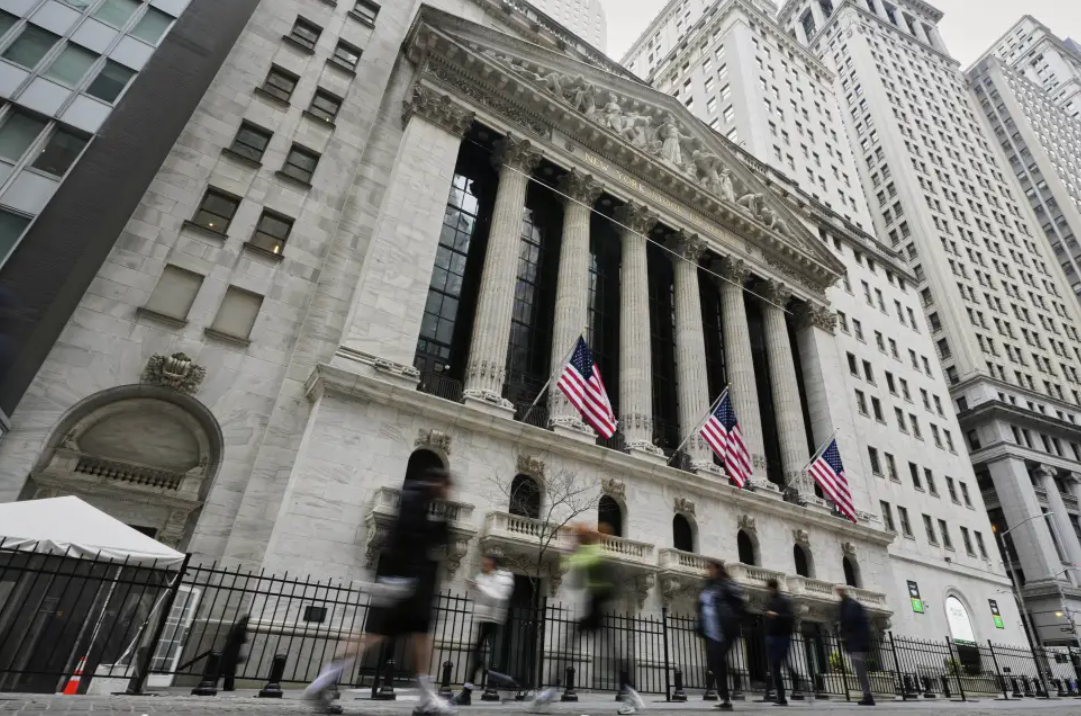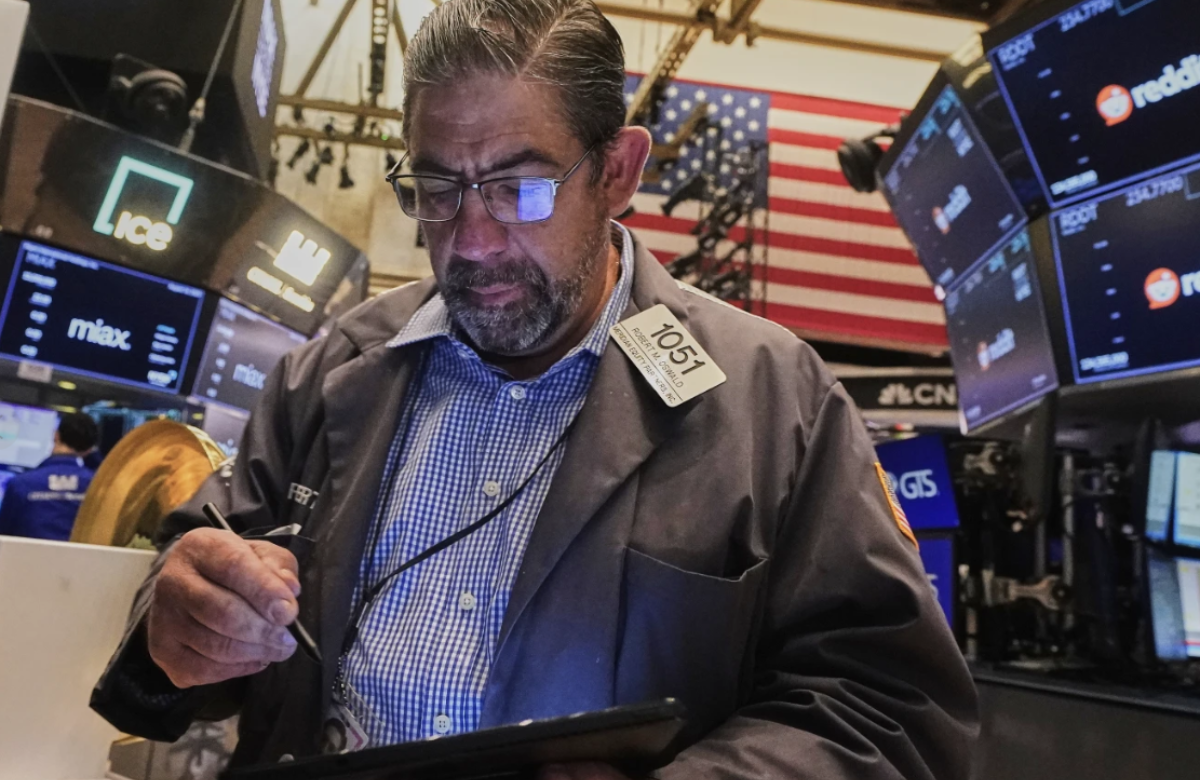U.S. stocks pulled back sharply on Thursday, giving up a large portion of their massive gains from the previous day. Investors remain uneasy about the potential impact of global trade tensions, even as the immediate threat of a full-blown trade war has cooled slightly.
The S&P 500 dropped 3% after soaring 9.5% the day before—its third-largest gain since 1940—following President Trump’s announcement that many tariffs would be paused. The Dow Jones Industrial Average slid 981 points, or 2.4%, while the Nasdaq fell 3.7% as of midmorning.
Positive reports on inflation and jobless claims weren’t enough to sustain the market’s momentum. Economists pointed out that the inflation data only reflects past conditions and might not capture potential future price spikes due to tariffs. Jobless claims were also better than expected, but traders remained focused on what lies ahead.
UBS strategist Bhanu Baweja commented that while Trump may have backed off slightly with the tariff pause, the economic damage is far from reversed. The president has taken a more aggressive stance on China, hiking tariffs on Chinese goods to 125%. Even if negotiations brought that down to 50%, and tariffs on other countries were reduced to 10%, Baweja warned the economic hit could still dampen corporate profit growth in the U.S.
In response, China has started rallying support from other nations to counter Trump’s moves. Meanwhile, the European Union announced it would suspend its retaliatory measures for 90 days to allow room for diplomacy.
Trump and Treasury Secretary Scott Bessent emphasized that countries refraining from retaliation could be “rewarded,” signaling a more transactional approach to international trade.
Market volatility remains high, with the S&P 500 still trading below its level before Trump announced sweeping tariffs on what he called “Liberation Day.” Investors are bracing for continued sharp swings, not just day to day but even hour to hour.
“Things are still extremely volatile because with Trump, you never know what’s coming next,” said Francis Lun, CEO of Geo Securities. “There’s still a strong threat of recession.”
One somewhat reassuring sign has come from the bond market, where tension seems to be easing. Earlier in the week, a sharp spike in U.S. Treasury yields had rattled investors. The 10-year yield surged to nearly 4.50% from 4.01% in just a few days—possibly due to hedge funds raising cash or foreign investors pulling out of U.S. assets. Rising yields can add pressure to stocks and increase borrowing costs across the economy.
Since Trump’s tariff reversal, however, bond yields have steadied. On Thursday, the 10-year Treasury yield sat at 4.30%, offering some relief to anxious investors.
International markets reacted positively to the news. Japan’s Nikkei 225 jumped 9.1%, South Korea’s Kospi gained 6.6%, and Germany’s DAX climbed 5.2% as global traders responded to the easing of tariff tensions.














